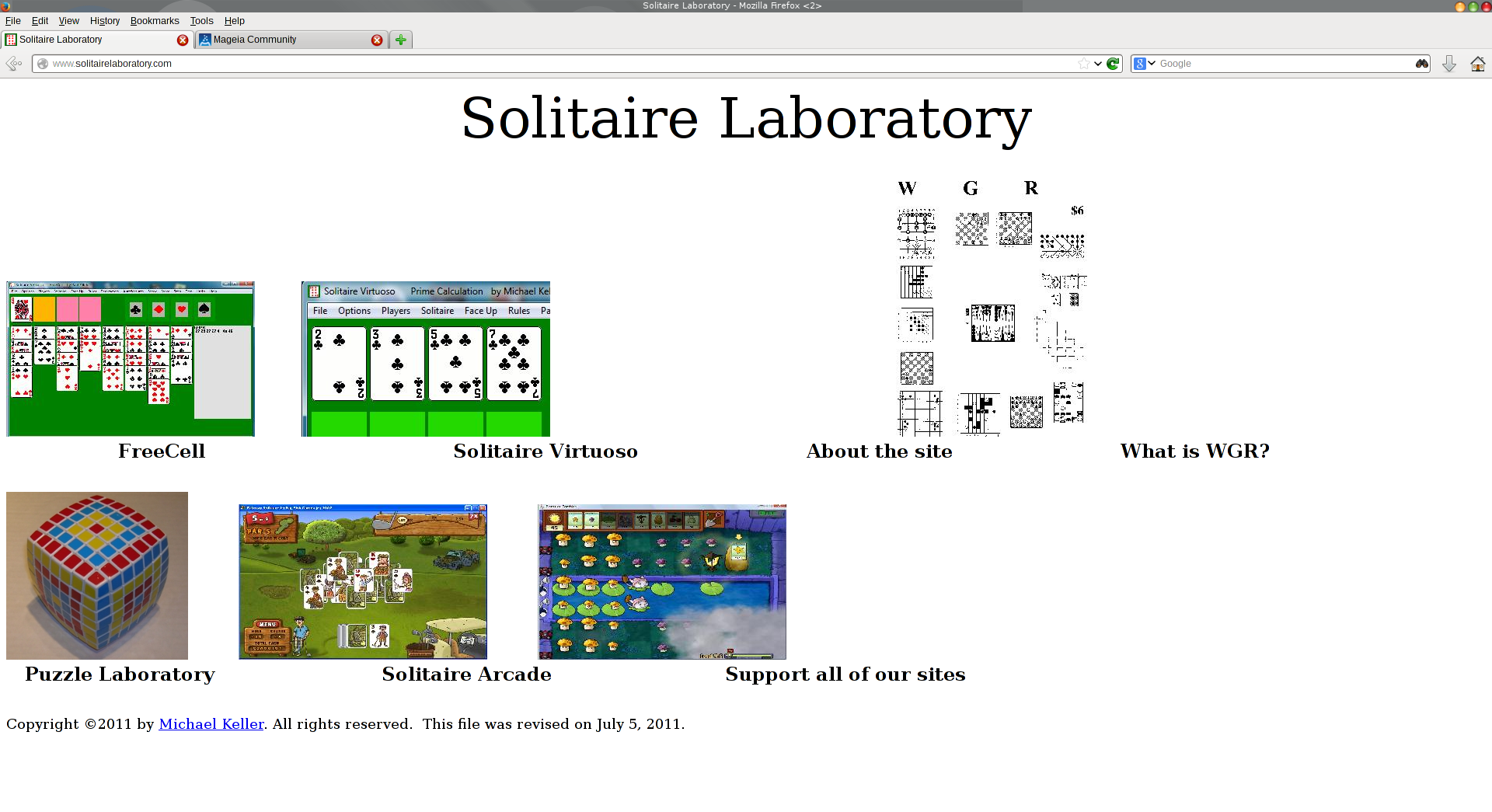

See Change the Windows image to a higher edition using DISM to learn how to change editions. The changes will not be lost when you upgrade to a higher edition of Windows. Each target edition is staged in the image. Upgrade to a higher Windows editionĪny changes you make to a mounted image are also applied to each potential target edition of Windows.

See Add and remove language packs offline using DISM to learn how to work with languages. See Add or remove packages offline using DISM to learn how to work with packages. Note that the DISM driver commands will only run against an offline image. See Add and remove drivers to an offline Windows image to learn how to work with drivers. When you modify the files in a mounted image, those file changes get saved in the image and then committed to the image when the images gets unmountedĪlthough you can add application files and folders, you can't install applications directly into a mounted image in the same way that you would on a running PC. You can create, view, and edit files on a mounted image, just as you would any other file on your PC.

You can add and remove drivers, packages, language packs, enumerate drivers and packages, modify configuration settings, and more. You can use DISM to modify a mounted or applied image. See Apply an image to learn how to apply an image. To mount a Windows image from a VHD or FFU file, you must specify /index:1.įor more information about the options available for the /Mount-Image option in DISM, see DISM Image Management Command-Line Options.


 0 kommentar(er)
0 kommentar(er)
